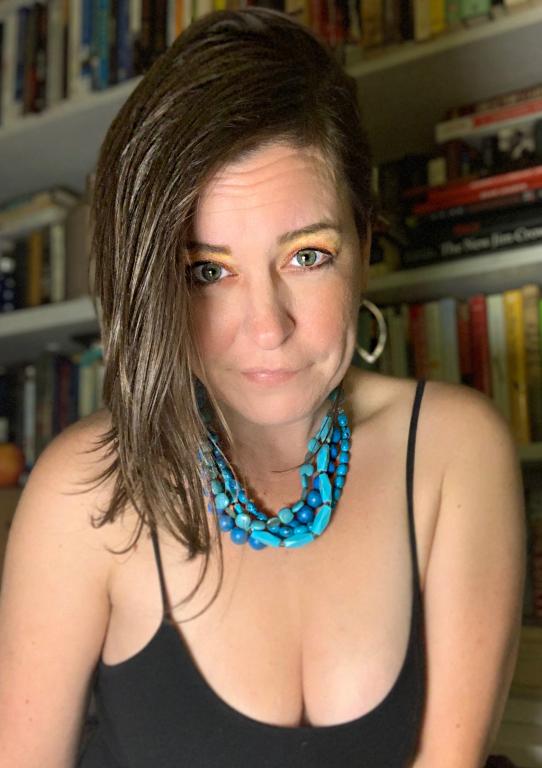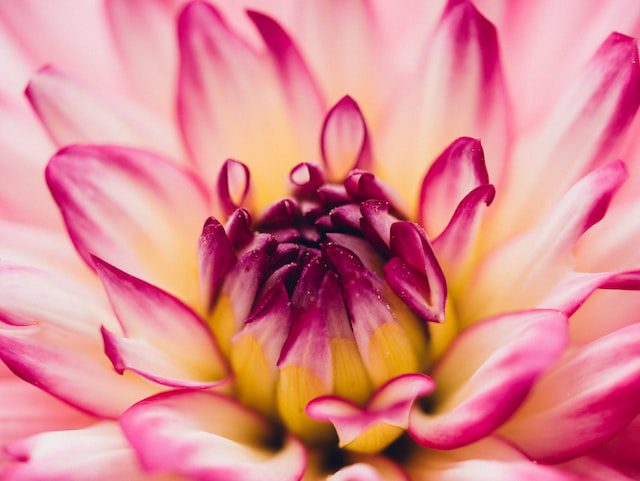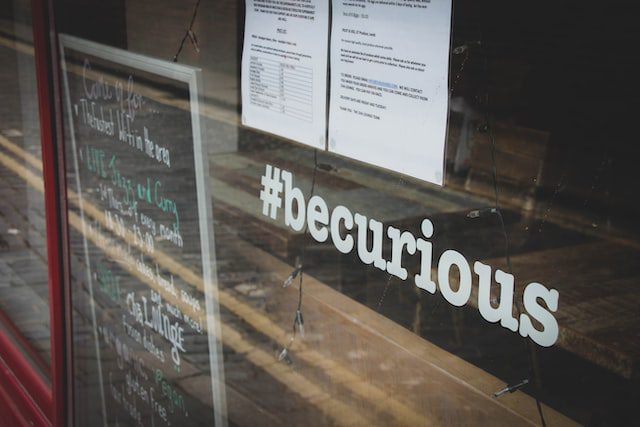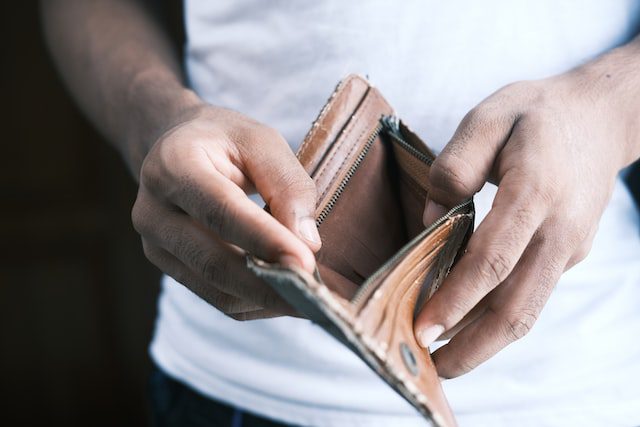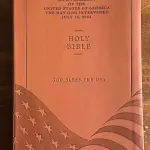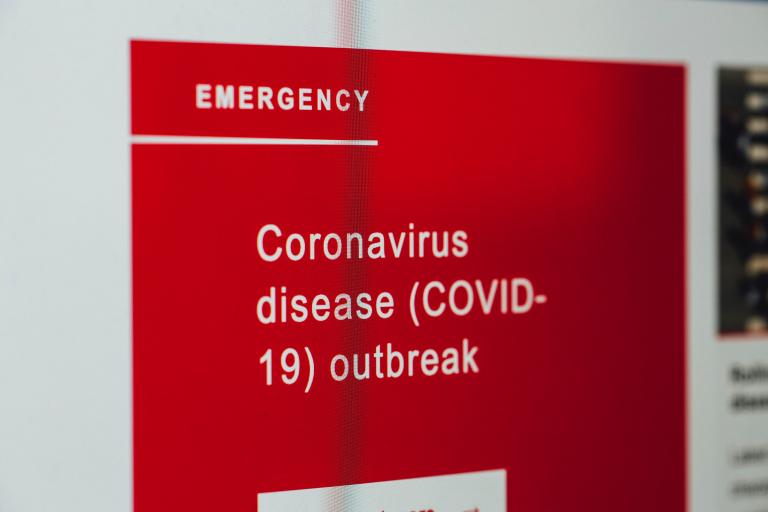
Worry can get the best of you and fear can overwhelm you and make you vulnerable enough to believe just about anything. Panic produces propaganda and conspiracy theories, and these should be avoided altogether during any crisis. However, I still have my reservations about this “social distancing” that the world is calling for.
Wikipedia defines “social distancing” as:
A set of nonpharmaceutical infection control actions intended to stop or slow down the spread of a contagious disease. The objective of social distancing is to reduce the probability of contact between persons carrying an infection, and others who are not infected, so as to minimize disease transmission, morbidity and ultimately, mortality.
However, there is a special caveat on the page that states, “not to be confused with social distance.” And what is “social distance”? From Wikipedia, again:
Social distance describes the distance between different groups in society, such as social class, race/ethnicity, gender or sexuality. Different groups mix less than members of the same group. It is the measure of nearness or intimacy that an individual or group feels towards another individual or group in a social network or the level of trust one group has for another and the extent of perceived likeness of beliefs.
Robert E. Park defined social distance as “an attempt to reduce to something like measurable terms the grade and degrees of understanding and intimacy which characterizes personal and social relations generally.”
The thing I am concerned about is how the implementation of this “social distancing,” no matter how temporary, could influence us to extend less empathy. “One widespread view of social distance is affectivity. Social distance is associated with affective distance, i.e. how much sympathy the members of a group feel for another group. Emory Bogardus, the creator of “Bogardus social distance scale” was typically basing his scale on this subjective-affective conception of social distance: ‘[i]n social distance studies the center of attention is on the feeling reactions of persons toward other persons and toward groups of people.’” (Wikipedia)
During the Spanish Flu pandemic of 1918, (as I mentioned previously) it was not only large populations of people that died; compassion died right along with it. Distancing, for any reason, can influence us in a way that we see the Other as “infectious” and someone we need to stay clear of. If we are steering away from others out of fear, we are less inclined to help the Other, even if we see that they need it.
As careful as we have been called to be about our word choices, I cannot help but wonder why—during an unprecedented world-wide crisis—any phrase would be so carelessly used to describe what is being asked of us. Words have power. Words affect emotional reaction. Words can trigger us. So why enforce such drastic actions globally by the use of words that can leave lasting—if not detrimental, effects?
It could be mere coincidence. It could be that I am just being too picky about what I see—that my own fears are getting to me. Or, it could be a call to be more intentional so that we don’t let this practice of social distancing grow into a prejudice that disconnects us even further.
To be fair, we have already been practicing social distancing for some time.
“Anthropologist Edward T. Hall explained that social distance has been extended by technological advances such as the telephone, walkie talkie, and television, among others. Hall’s analysis of social distance came before the development of the internet, which has expanded social distance exponentially.”
We have already barricaded ourselves in isolation. We’ve been doing that for well over the last 100 years. But more so since the boom of MySpace, Facebook, and Twitter. Introverts around the world welcomed voluntary quarantine. It’s just that we did not actively recognize what we were doing and what kind of impact it already had on us.
I worry that the imposition of isolation may segregate us even more. I have seen many tweets dedicated to support of the segregation of the population. When I hear the term “segregation” I think of Civil Rights. When I think of the Civil Rights movement, I think about how it was once legal to separate people based on the color of their skin. Not exactly the term I would elect to use on public social media. Why? It makes it far too easy for us to justify the acts that may follow.
If we take comfort in separating societies based on age, for instance, what would that look like and what kind of additional biases would that create? Would the quality of life waver for varying age groups? Who decides which age groups to separate and how long will that last?
If we normalize any form of social distance, or distancing, for that matter, what new programming will we download? How will we view others that fit the demographics of the separation? How long will we hold such views?
What about those who live with social anxiety? Will fears be compounded? Will introverts suddenly feel trapped? Will extroverts rebel or turn inward and take comfort in the isolation?
There is so much that perhaps we have not considered that we ought to.
Maybe the best way to combat any potential prejudices or further divisions is to be mindful of how we are responding to what’s taking place. Overreacting about how others are overreacting is not a recommended response.
Hoarding goods out of fear is not recommended.
Any type of thinking that includes viewing people with a different skin tone or that falls into a certain age group or dresses a certain way as infectious or contagious is to be avoided. Even if we are avoiding people, we can be decent about it. It’s been very disappointing seeing so many people make references to ethnic groups as culprits or carriers. It’s still surreal to me how blatantly people are willing to be when they present narrow-minded ideas that are clearly overflowing with fear and projection. Fear can make you stupid whereas the truth will set you free.
The truth is, we are all potential carriers and transmitters of this virus. Thinking otherwise is foolish. We are all in this together. We are all at risk of—well most of us do not even know what it entails. But we cannot allow a negative programming to implant itself into our way of thinking. Where is our faith?
Seeing the other as God, rather than a contagion will help us be more mindful of how we respond. Jesus not only touched but healed a leper. We cannot be afraid of touch or closeness during a time like this—despite the warnings of contact.
We can, however, see this as the resistance we need to push ourselves harder to overcome a crisis, to better prepare for future events and emergencies, and to put into practice compassionate modes of caution and safety without alienating our neighbors.
Let’s be intentional. Let us remember that “love is never offended.” We do not need to be offended by another’s outrage. Perhaps we should exercise childhood discretion that the Twitter-sphere has eroded: If you don’t have something nice to say, don’t say anything at all. Let us only speak to edify, encourage, and extend empathy. See the other and then see the other’s fears. After that, see God in the other. Can we be peacemakers during a time like this? Can we work on effectively spreading love, joy, and support?
Let us be aware that our practice of “social distancing” could create a social distance that gives birth to prejudices that will only tear us apart. Be safe, of course. But be compassionate first.

